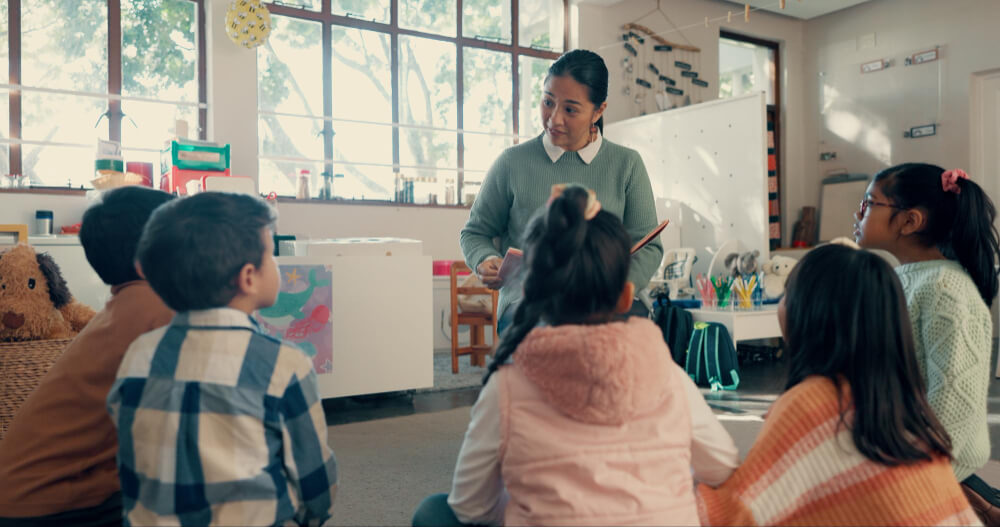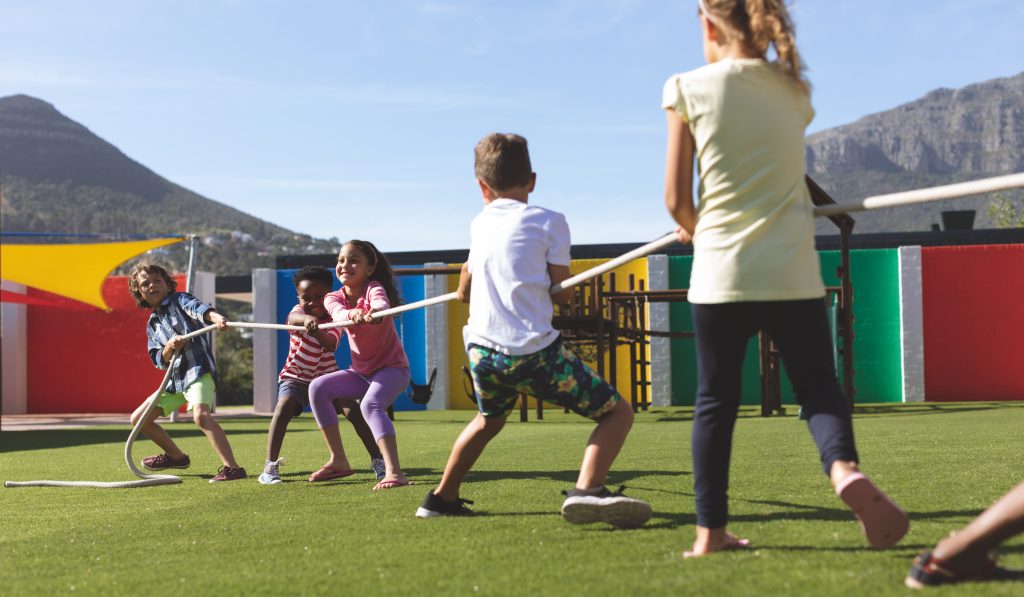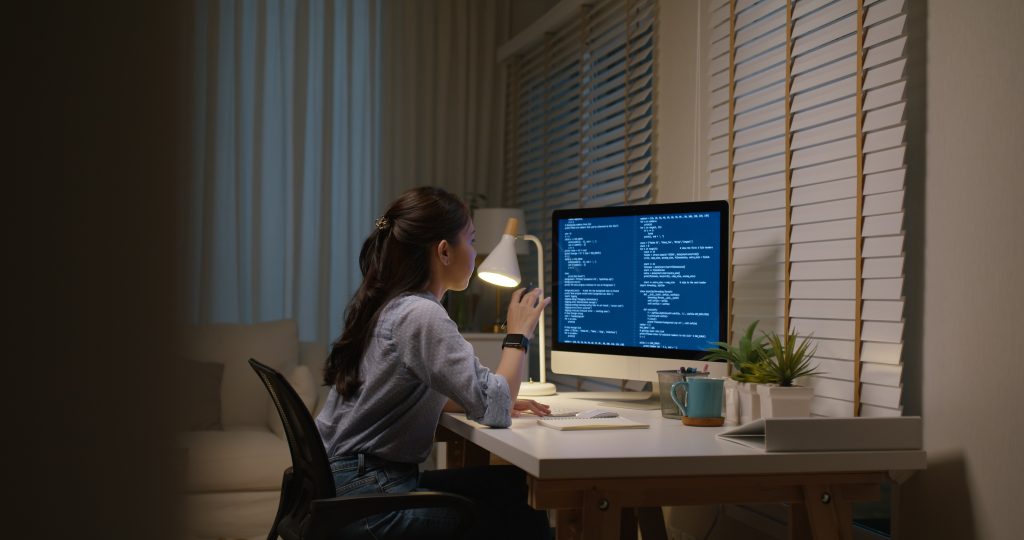Peer feedback often gets a mixed response in classrooms. While the idea of students reviewing each other’s work sounds promising in theory, many educators worry about the quality of comments or the time it takes to do it well. Some students struggle to take peer suggestions seriously; others feel uncomfortable giving honest critique. And yet, when peer feedback is introduced with structure and support, it becomes one of the most effective ways to shift students from passive recipients of grades to active participants in their learning journey.
This article offers three simple, low-prep strategies that make peer feedback more purposeful and empowering. Whether you teach primary or secondary students, these approaches are designed to build ownership, strengthen classroom dialogue, and support students in identifying what quality looks like. From a quick peer check-in to a whole-class gallery walk, each method is grounded in classroom practice and backed by research on effective formative assessment.
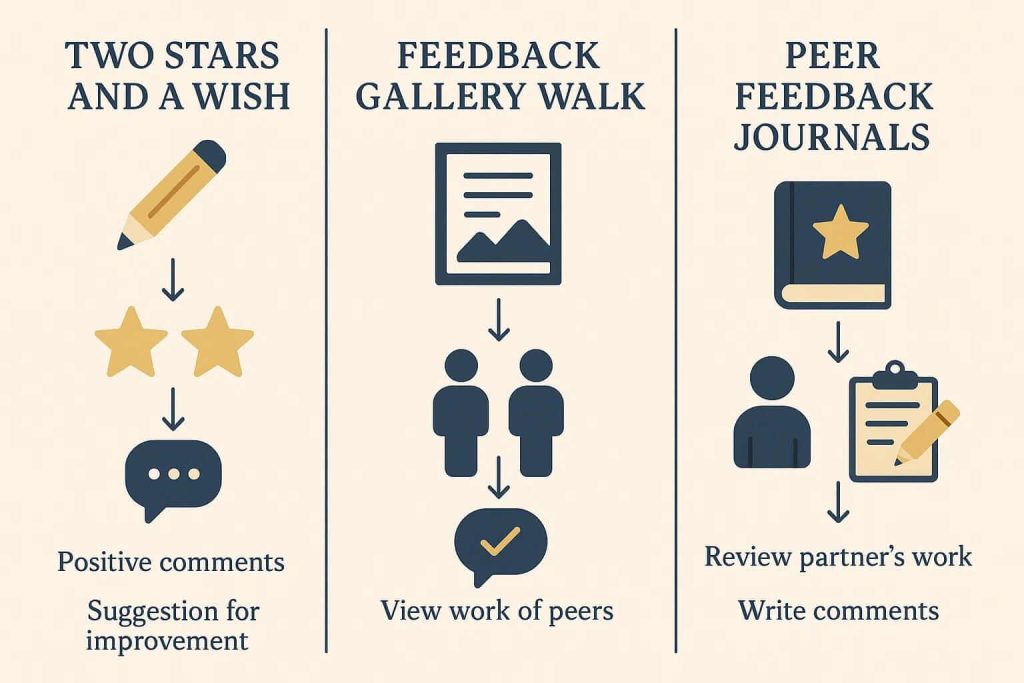
Strategy 1: Two Stars and a Wish
This classic peer feedback technique remains popular for good reason. “Two Stars and a Wish” is easy to implement, works across age groups, and encourages balanced, constructive responses.
At its core, students are asked to identify:
- Two things they think their peer has done well (the “stars”)
- One area for improvement or next step (the “wish”)
What makes this approach effective is its clarity. Students don’t need to guess how much to write or whether their feedback is too harsh. The structure naturally scaffolds positive, actionable reflection.
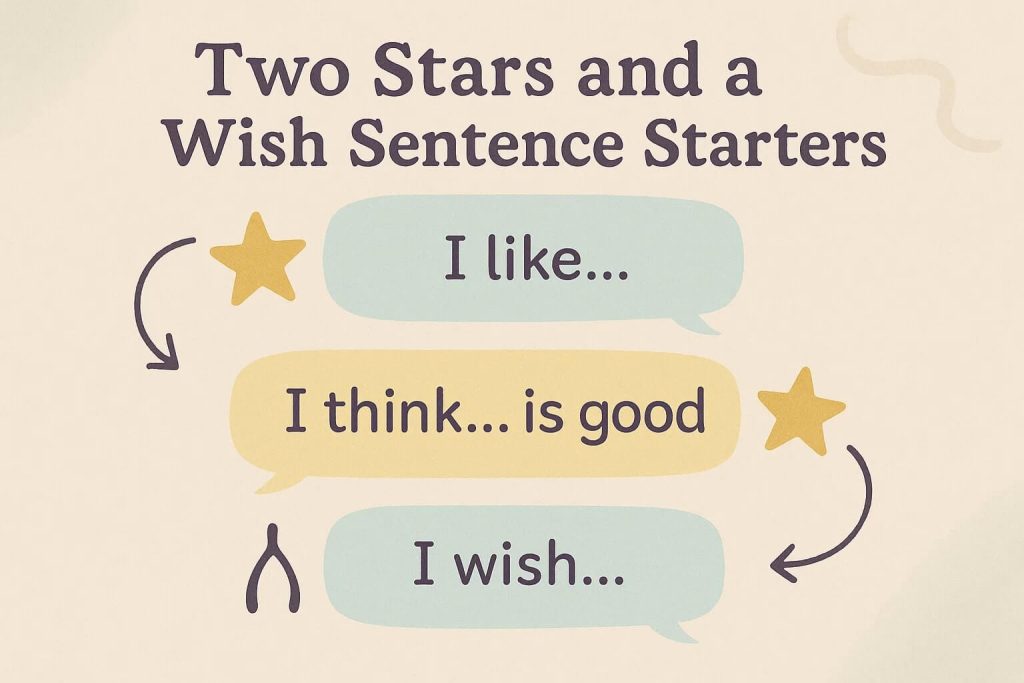
Teachers can model the process first with a sample piece of work and encourage students to use sentence starters like:
- “I really liked how you…”
- “Your explanation of ___ was clear.”
- “One thing you could develop further is…”
Over time, this habit builds a classroom culture of mutual respect and academic honesty. Structured peer feedback not only improves the quality of student work but also deepens students’ understanding of learning goals and success criteria. When learners practise noticing what makes a piece effective, they’re more likely to apply that insight to their own work.
Strategy 2: Feedback Gallery Walk
The Feedback Gallery Walk transforms peer feedback into an interactive, movement-based experience. It’s especially useful for larger classes or when working on visual, written, or project-based tasks. The goal is to create a dynamic environment where students engage critically with multiple pieces of work.
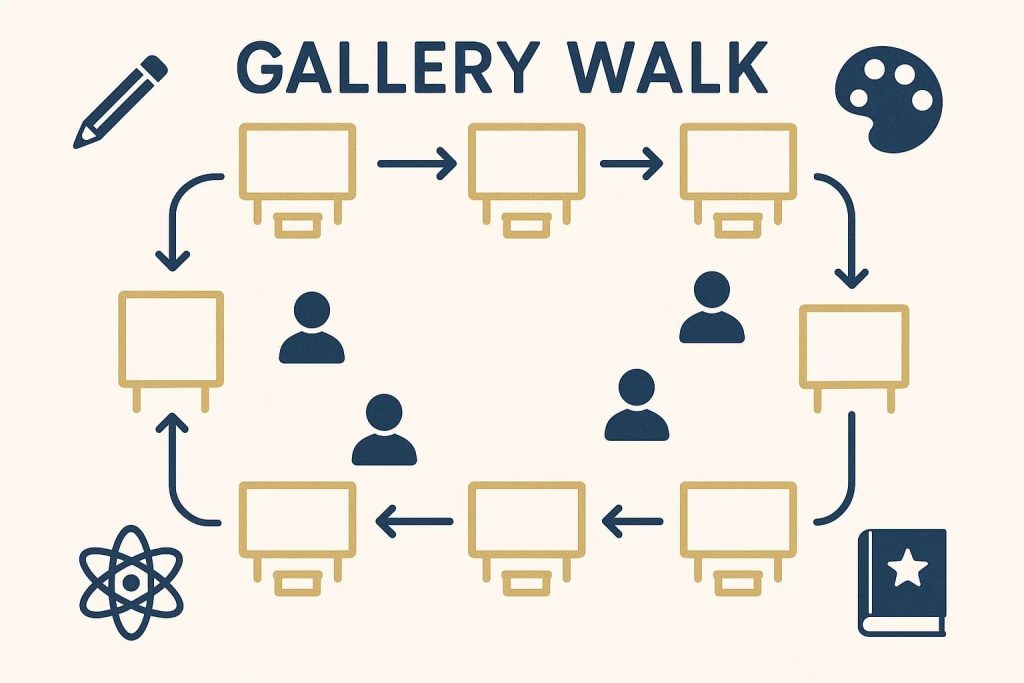
How It Works:
- Student work is displayed around the classroom or shared via digital tools (e.g., Padlet or Google Slides).
- Each student rotates through the room (or slides), leaving a feedback comment at each station based on set criteria.
- Comments are guided by prompts provided in advance, such as:
- “What’s one strength of this piece?”
- “What question would you ask the creator to help them reflect further?”
- “What could they try next time to improve this section?”
This process helps students develop a broader sense of quality and a more refined critical lens. It also exposes them to a range of ideas and interpretations, which can be particularly valuable during inquiry projects or creative writing units.
To maximise success, it’s worth building in time for students to read and respond to the feedback they receive. This closes the loop and reinforces the idea that feedback is part of the learning process, not a one-off event.
Gallery Walks also promote student voice in a democratic way: every contribution is visible, and students begin to see feedback as a shared responsibility rather than a top-down directive.
Strategy 3: Peer Feedback Journals
For feedback to lead to growth, students need opportunities to revisit and reflect on it. Peer feedback journals offer a structured, ongoing space for this process. Rather than isolated comments on a single piece of work, journals help develop a reflective habit, along with a sense of continuity across tasks.
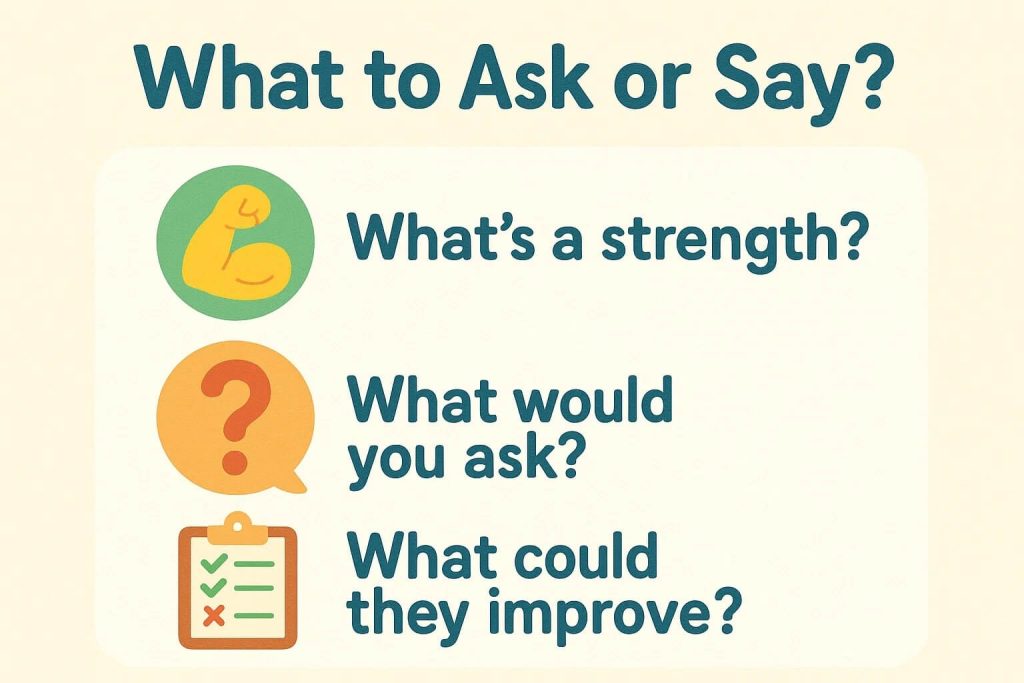
Setting It Up
Each student maintains a dedicated notebook or digital document where they:
- Record feedback they receive from peers
- Respond to it with a short reflection or action step
- Track progress across assignments by referring back to previous comments
Over time, this builds a personalised feedback narrative. Students begin to notice patterns, perhaps they often receive praise for creativity but need to work on clarity, for instance, and can set meaningful targets for improvement.
Why It Works
This approach:
- Reinforces metacognition by encouraging students to think about how they learn
- Promotes ownership as students document and act on peer insights
- Provides teachers with a valuable window into how feedback is being interpreted and used
To enhance effectiveness, educators might model how to write reflective entries or schedule regular review sessions. Journals are especially useful in writing-heavy subjects, but the concept can be adapted for any area where feedback is part of the learning cycle.
Fostering Ownership Through Peer Feedback
When thoughtfully implemented, peer feedback helps students take greater responsibility for their learning. Whether through structured sentence starters, visual success criteria, or reflective journals, each strategy builds confidence, clarity, and connection among students. By creating space for peer voice and agency, educators support deeper engagement and long-term growth.
For more classroom strategies that support student-centred learning, visit AISL Mall.
Curriculum and Guides that may be of interest:
Get a special discount by quoting code AISLMALL during CHECKOUT.
3Education: StoryTellAR
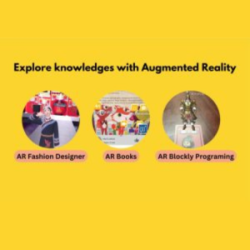
StoryTellAR is an online and remote platform designed specifically to connect offline materials seamlessly with interactive digital content, using Computer Vision (Augmented Reality). With a user-friendly user interface, curators can use their mobile phone to associate audio recordings, videos and other digital interactions such as audio, AR video plane and URL to any artworks. The corresponding digital content customized by their very own creators will pop up, making the book seamless, personalized and effective.
AlGreen: E-book
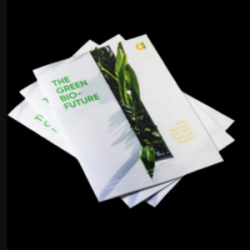
AlGreen is at the forefront of developing microalgae technology for air purification and carbon capture, driving a sustainable future. AlGreen’s ebook introduces young learners to biology’s wonders and its role in sustainability. Covering cellular and plant biology, climate science, and future biotech like carbon capture and renewable energy, it inspires environmental stewardship and a passion for protecting our planet.
Chinese 1-2-Tree: Leveled Reading Platform For Pre-k To Grade 8
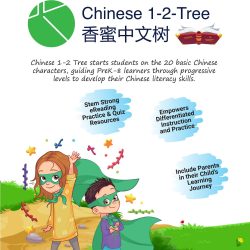
Chinese 1-2-Tree is a unique leveled reading interactive learning platform designed to provide progressive leveled reading starting with 20 basic characters. Chinese 1-2-Tree offers literacy essentials for every PreK-8 Chinese classroom. We offer a complete solution for reading instruction and student practice, perfect for use in class and at home. Rely on our easy-to-use resources to build foundational skills and strengthen reading comprehension.
Codementum: Gamified Coding Training Platform and Coding Curriculum
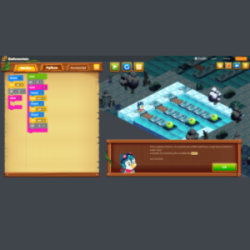
Codementum offers a fun, interactive platform to teach kids coding through block-based and text-based languages like Python and JavaScript. Kids learn to create mobile games, apps, and AI projects at their own pace, with gamified courses, self-guided challenges, and resources for all experience levels.
NovaAcademy: Ready-to-Go Curriculum Sets
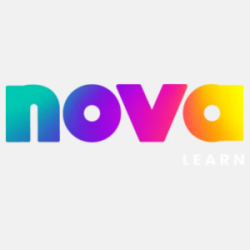
Novalearn Limited is an EdTech company transforming education by seamlessly integrating machine learning, studio-produced edutainment, and quality STEAM education aligned with international K-12 curricula. All the teaching resources you need for fun and enriching classes, created by the NovaLearn team of experienced educators and industry experts. Each curriculum set includes Project lesson plans, Engaging videos, Interactive activity sheets and Skill-building exercises
Oxford University Press Cambridge IGCSE/O Level/AS & A Level Exam Success Revision Guides
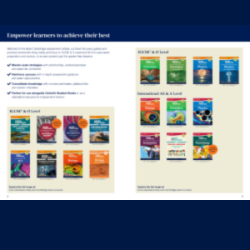
Oxford University Press is a department of the University of Oxford. It furthers the University’s objective of excellence in research, scholarship, and education by publishing worldwide. Cambridge Exam Success Guides from Oxford University Press provide unique exam support and revision guidance for Cambridge IGCSE & O Level and AS & A Level students. Matched to the latest Cambridge assessment criteria. Perfect for use alongside Oxford Resources for Cambridge Student Books or as a standalone resource for independent revision.
SAM Labs: STEAM Pathway Schoolwide Annual Subscription
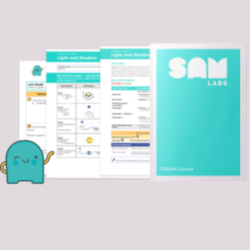
SAM Labs, an award-winning EdTech company, empowers over 9,000 schools in 60+ countries with innovative Coding and STEAM tools. Students create projects like smart city lighting and solar habitats while meeting curriculum standards, inspiring problem-solving and fostering teacher creativity.
